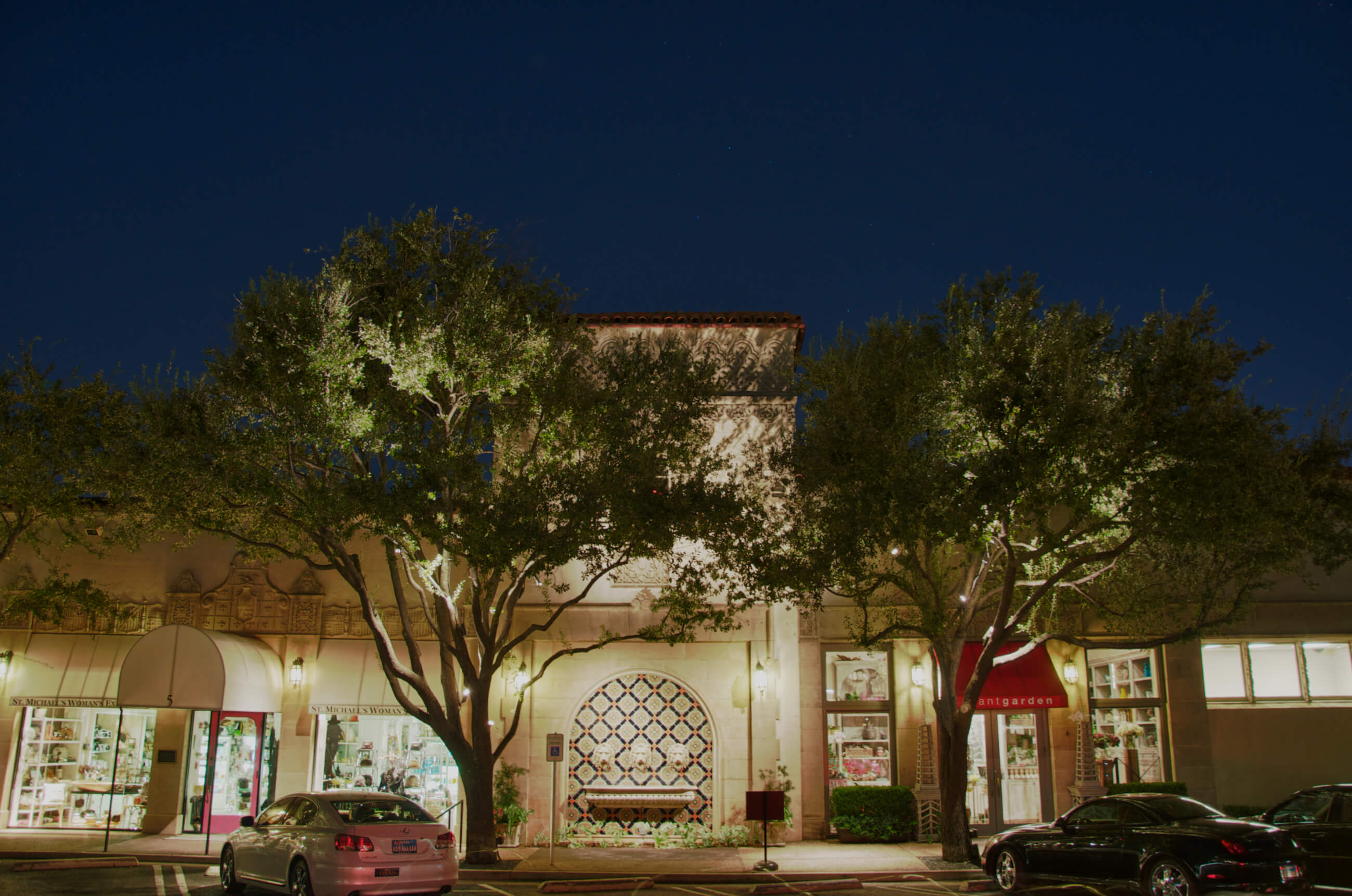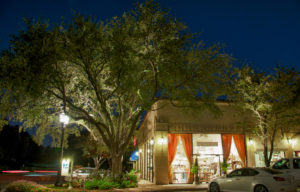What Makes a Lighting Consultant an Asset?
The value that an architectural lighting consultant brings to the table during the design phase of a project is not often in question. The designer’s job entails the creation of a lighting solution that balances a variety of aesthetic and technical requirements.
The lighting design should:
- Enhance and compliment the aesthetics of the architectural design
- Be coordinated to integrate with architectural details
- Provide the light levels users need
- Reduce quantities and types of lamps for a more maintainable design
- Reduce energy consumption and maximize efficiency
- Adhere to local and state codes
- Provide a competitive bidding environment to help reduce construction costs
- Meet the project budget
But what happens after the project is out to bid?
What value does a lighting consultant have during construction?
The construction documents are a comprehensive blueprint of the team’s design and include the client’s expectations for the finished product. However, there are construction challenges that can affect the outcome of the final project. In some cases, the construction process introduces budget issues that force the design team to re-imagine aspects of the design. Including the lighting consultant in the construction process ensures the design intent is realized and the client is satisfied. A lighting consultant can provide the following invaluable services during construction:
- Review of lighting submittals to ensure the integrity of the original specification
- Coordination of fixture finishes with architecture
- Response to RFIs that include coordination of luminaires with other disciplines and unexpected site conditions
- Progress Site Reports clarifying any deviations from the design that are observed during a project walkthrough
- Adjusting the lighting design to meet architectural, hardscape or landscape design changes
- Aiming and focusing of adjustable luminaires
- Coordination of programming for color-changing luminaires and/or architectural dimming systems
Case Study: Highland Park Village Enhanced Site Lighting
During the design phase of Highland Park Village, TLP documented accent lighting for building facades, hardscape, and landscape. The design included both ground and tree-mounted lights. While the documents included general direction to the contractor for mounting and aiming, the subtleties of the site and uniqueness of each tree required on-site coordination from the lighting consultant.
TLP visited the project early in the construction process to review the conduit, junction box, and light fixture mounting methods proposed by the contractor. We ensured the methods matched details that were included in our documentation and adjustments were made on-site to meet unique or unexpected conditions. We also used the visit to give the contractor specific direction on mounting locations for a clean and discreet installation.
After the light fixtures were installed, TLP completed night time site visits to provide aiming direction. With the contractor’s assistance, each light was adjusted to accent the appropriate architectural feature, sidewalk or landscape element and locked into position. During the focus, the contractor also completed troubleshooting steps for mal-functioning lights. To complete our services, we prepared a punch report, outlining the results of our visit and any findings that required the contractor’s attention to complete their services.
By: Jered Widmer




